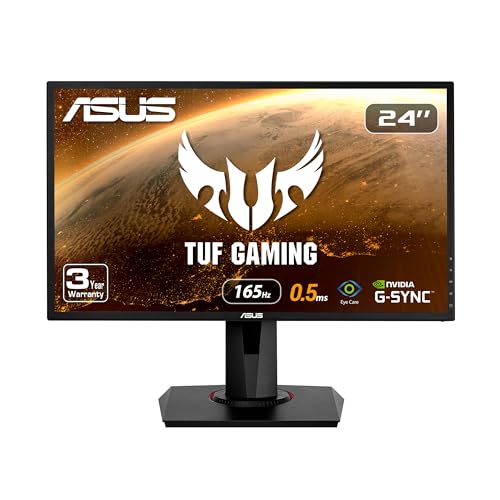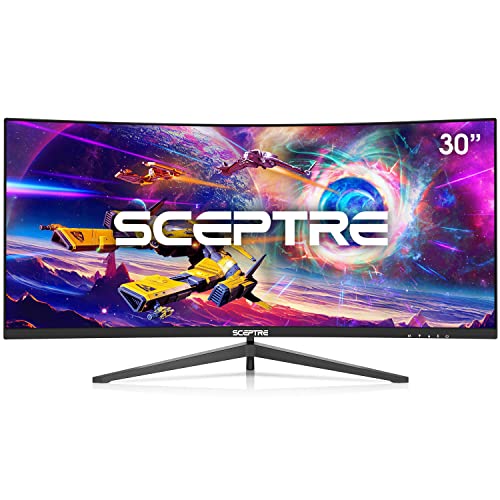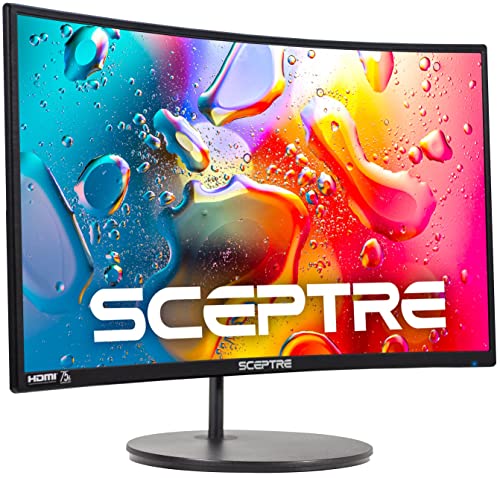**Introduction**
Designing technology that adapts seamlessly to every user is essential in today’s digital world. Adaptive PC interfaces empower individuals with diverse physical needs by integrating customizable input methods like voice commands, gesture recognition, and adaptive displays. This article explores the advancements in hardware and software that are revolutionizing accessibility in PC systems, ensuring that technology is truly inclusive and responsive to every user's unique requirements.
**Technological Innovations**
- **Voice and Gesture Recognition:**
Advanced algorithms and sensor technologies capture voice and gesture inputs with high accuracy, allowing for hands‑free control and streamlined system navigation.
- **Adaptive Touch Displays:**
Smart screens that adjust sensitivity and brightness based on user interaction make it easier for those with motor impairments or vision issues to use complex interfaces.
- **User‑Personalized Interface Software:**
AI‑driven software learns individual user habits and preferences to adapt layouts, font sizes, and interaction modalities for better usability.
- **Biometric Feedback Integration:**
Input devices equipped with biometric sensors can adjust system response based on the user's physiological signals, ensuring a more comfortable and effective interaction experience.
**Applications and Benefits**
- **Enhanced Accessibility:**
Adaptive interfaces significantly reduce the learning curve and physical strain for users with disabilities, making computing more inclusive.
- **Improved Productivity:**
Customizable settings and a more natural interface streamline interactions, empowering users to complete tasks more efficiently.
- **Personalized User Experience:**
Adaptive software tailors the interface dynamically, delivering a personalized experience that optimizes function over form.
- **Greater User Satisfaction:**
By accommodating diverse needs, adaptive interfaces improve overall accessibility, leading to increased user confidence and satisfaction.
**Future Directions**
Future developments are expected to integrate deeper biometric analysis and AI‑driven customization to further enhance adaptive user interfaces. This may include context‑aware adjustments that change settings based on real‑time environmental cues, ensuring that PC systems continue to evolve to meet the needs of all users.
**Keywords:** adaptive PC interface, accessibility, voice recognition, gesture control, smart displays, biometric feedback, inclusive computing, adaptive software, personalized interface
Adaptive PC Interfaces for Accessibility
Designing Inclusive Computing Experiences
Related Articles
Essential High-Performance PC Components You Need Now
Upgrade your setup with the must-have parts for unbeatable gaming and productivity
Top Picks for Best High-Performance PCs
Find the perfect power machine for gaming, work, or creative projects
Your Guide to the Best High-Performance PCs
Find the Right PC for Your Gaming and Creative Needs
View our related products
See more



Samsung 32-Inch High-Performance Monitor
Product Review Score
4.35 out of 5 stars
8 reviews$473.64 $291.83



